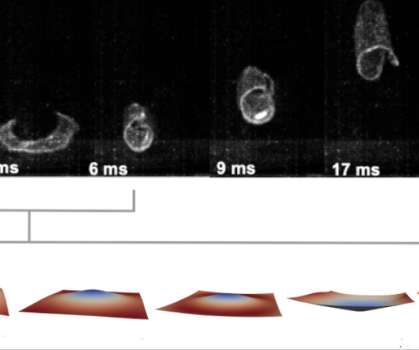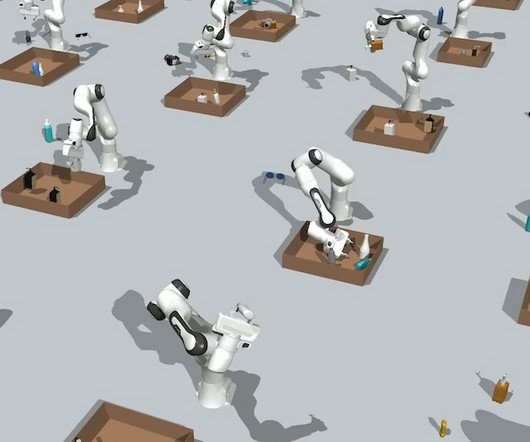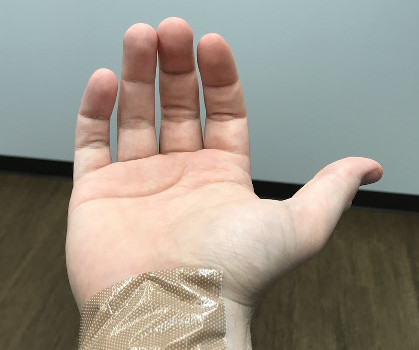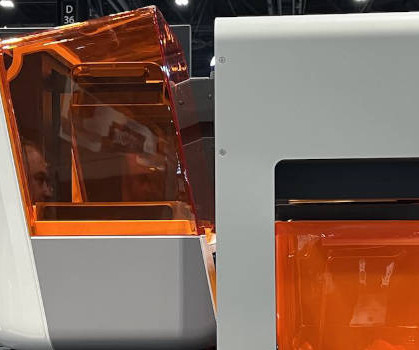Grasshopper-like material designed to leap 200 times its own thickness
Control Engineering
JANUARY 23, 2023
As those films heated up, they began to warp, forming a cone that rose up until, suddenly and explosively, it flipped inside out—shooting the material up to a height of nearly 200 times its own thickness in just 6 milliseconds. As the cone forms, strain builds up in the film until, all at once—snap!











Let's personalize your content